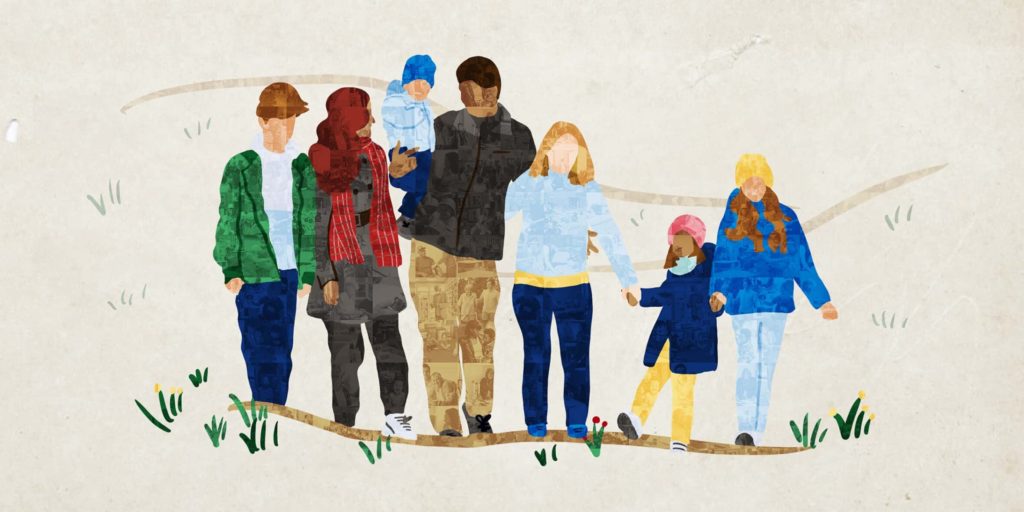More cash means more stability for children and families

by Will Petrik
All children and families, no matter where they live or what they look like, deserve stability, security, and basic human dignity. But for decades, certain state and federal lawmakers have prioritized tax giveaways for the wealthy while 46% of Cleveland children lived in poverty in 2019.
On July 15, tens of millions of families across the nation received their first child tax credit payment, which was part of the American Rescue Plan, the federal COVID-relief bill. The deposits of $300 per child under age six, and $250 per child ages 6 to 17, are the first of six monthly payments going to households with children this year. The expansion of the child tax credit will give children the opportunity for a brighter future, take some stress off struggling families, and put more money in peoples’ pockets to spend at local businesses and support the economy.
The overall payment is $3,600 a year per child under age 6 and $3,000 per child 6 to 17. The first half is going out to families in monthly payments and the other half will come in a lump sum after parents or heads of households file their 2021 taxes next year. This could be a game-changer for an estimated 389,000 adults in Ohio who reported recently (data collected between June 9 and July 5) that children in their household were not eating enough because they couldn’t afford enough food, according to the Center on Budget and Policy Priorities. The Center on Poverty and Social Policy at Columbia University estimate that the changes to the child tax credit will reduce child poverty in Ohio by nearly 49%. Families will have additional resources to help with food, diapers, safe housing, health care and other basic family expenses.
Continue reading


